At this year’s E3 just a couple of weeks ago, DONTNOD revealed The Awesome Adventures of Captain Spirit, a stand-alone title set in the universe of the developer’s hit Life is Strange. Personally, I loved the first Life is Strange, and also thoroughly enjoyed its prequel Life is Strange: Before the Storm. So I was definitely intrigued by the announcement of this new title and become even further interested in it when I learned that, while it sort of acts as its own game, it will set up the story for the upcoming Life is Strange 2, which will premiere later this year. So does Captain Spirit faithfully follow in the footsteps of previous entries in the Life is Strange series? And does it effectively build up hype for the next mainline game?
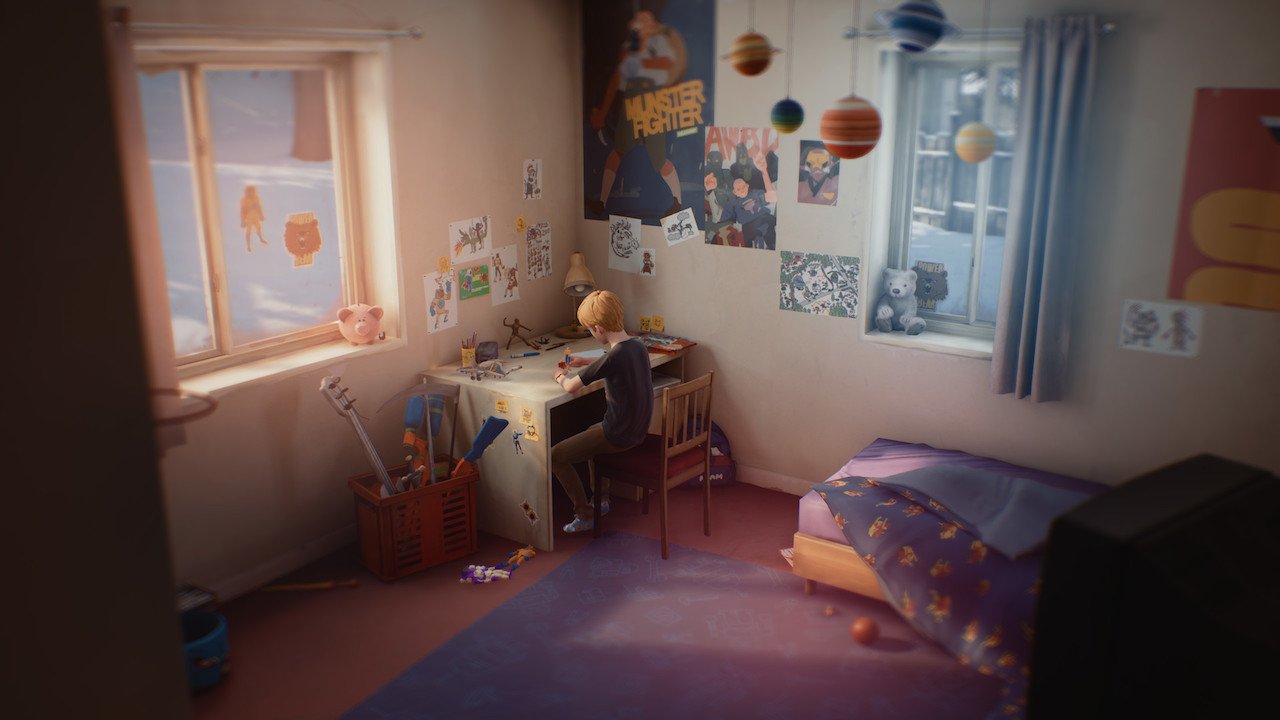
Yes. Yes it does. More hardcore fans of the series probably already know, but casual fans be warned: both Captain Spirit and the upcoming Life is Strange 2 will feature completely new characters in a new setting, rather than returning to Max and Chloe in Arcadia Bay. However, the overall feel and atmosphere of Life is Strange is still definitely here. The graphics retain the same art style as previous entries, but look even better thanks to the switch to the Unreal 4 engine (the first Life is Strange ran on Unreal 3). The soundtrack contains licensed songs of the soft, indie genre the series has become synonymous with. There are even nods to the first game hidden throughout this game, but I won’t be telling you what they are here, so you’ll have to find them for yourself. But most importantly, the emotional storytelling fans have come to expect from the series is here.
Captain Spirit is technically listed as a demo for Life is Strange 2, and the whole game takes place in one big hub. And there’s quite a lot to do in this hub. You play as Chris, a young boy with a big imagination. Just about everything in his house and yard fuels his dream of becoming a superhero in some way or another, whether it be saving his toys from villains, defeating an evil snowman or pretending to telekinetically lift objects with his imaginary powers. Occasionally the game can get a little too cute with itself, trying too hard to deliver the message of “Remember how joyous and playful we were when we were kids?” But for the most part, Chris acts realistically childish and takes himself just seriously enough to convincingly come off as a kid, as opposed to a character who has been written by adults to seem like a kid.
The emotional storytelling fans have come to expect from the series is here.
It’s also just fun delving into Chris’s imagination and finding entertainment in just about everything. This is the feeling that I felt like Deck Nine Games was trying to go for in the “Farewell” Bonus Episode of Life is Strange: Before the Storm. However, in “Farewell,” I felt that the scales were tipped a little too much in favor of Max and Chloe’s relationship to each other, rather than exploring the wondrous innocence of childhood, as I felt it was trying to do. In Captain Spirit, I think a better balance was struck between Chris’s imaginative adventures that remind the player of being a kid and the personal relationship he has with his family.
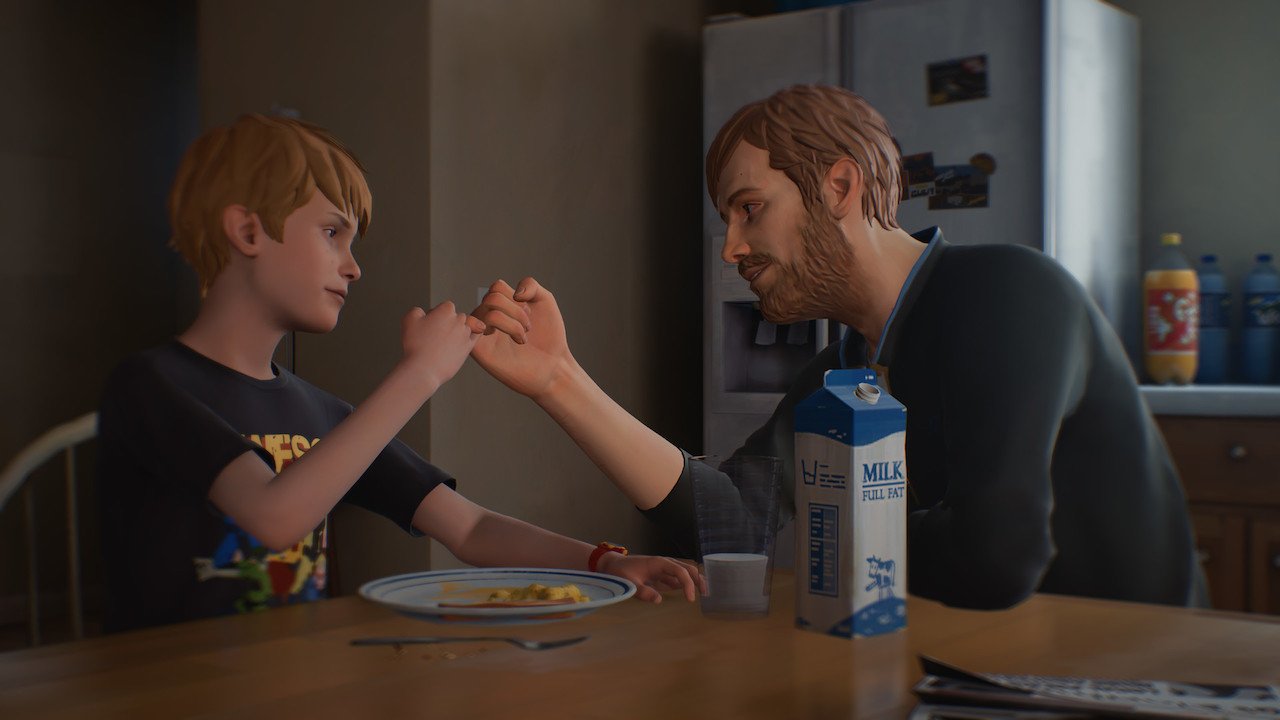
Personally, I found Chris’s relationship with his father to be the most interesting thing in the game. Chris lives alone with his dad, Charles, who is… a bit rough. He’s been through a lot lately and it shows. It’s clear that he isn’t exactly the best dad in the world. But, in true Life is Strange fashion, every character and relationship is more complicated than you might initially think. It would be pretty easy to write Charles off pretty early in the game as a neglectful father who’s selfish and doesn’t really care about his kid. But as you continue through the game and find various environmental clues, you might find that Charles actually does care about Chris a lot and is just trying his best. Despite this, there are also various instances that show that Charles’s best isn’t enough, or that he’s not actually trying his best. Sometimes it’s hard to believe he’s trying at all. You’ll likely find yourself going back and forth between “Man, this poor guy cares about his son and is just trying to make the best of a bad situation” and “Screw this guy, he’s a selfish alcoholic and he should have his kid taken away from him” a lot throughout the game. He’s a complicated character and it’s not always clear what you should think of him. And I love this in narrative-driven games.
The player is left not exactly knowing how to feel, in the best possible way.
What’s also great is that this uncertainty about Charles is reflected in Chris’s character as well. You can tell that he genuinely loves his dad and would do anything for him (well, depending on how you play, I guess). But at the same time, the fear and uncertainty he often feels toward his dad is also very real. Just like in life, there are no easy answers and relationships and emotions are very complicated and have a lot of strings attached to them. And while Chris’s imaginative adventures as Captain Spirit may come off as cute and innocent, especially when you see how much genuine joy Chris gets out of them, it’s also impossible to ignore the fact that he likely created this persona as a way of coping with the various tragedies that have been occurring in his life as of late. Once again, the player is left not exactly knowing how to feel, in the best possible way.
There aren’t very many complaints I can state as having with the game. Some may complain that it’s too short, since it will likely only last an hour or two, depending on how much optional exploring you do. That being said, complaining about the length of a free game is a little bit ridiculous. I can understand players not wanting to leave Chris and his world so soon, but luckily the events of Captain Spirit will tie in with Life is Strange 2, with Chris making some sort of return (the extent of which is unknown as of right now) and choices you make in this game carrying over to the next. Which kind of leads me to my next potential complaint, which is that choices don’t seem to matter a whole lot here. One thing that the Life is Strange games are known for is the consequences that come with making certain decisions, but from what I can tell from my two playthroughs (so far) of Captain Spirit, making different choices doesn’t seem to make a whole lot of a difference in how the narrative plays out. That being said, this wasn’t too much of an issue for me since the narrative that we get is great on its own and doesn’t need branching pathways to remain interesting. Plus, who knows how any of these decisions will end up affecting the rest of Life is Strange 2? Maybe helping your dad with chores or not will actually end up making a difference later on. We’ll just have to wait and see.

One of my biggest complaints with Captain Spirit, however, is kind of a weird one, but it’s the puzzle involving finding the PIN number to unlock Charles’s phone. Like just about everything else in the game, this is optional, so it’s not like you have to do it to beat the game or anything, but it is presented as one of the main things on Chris’s to-do list for the day, so you’ll probably want to at least attempt it. However, finding the solution to this puzzle seems to break the standard trope for solving this kind of puzzle in narrative adventure games, which you would think would be a good thing, but in this case it’s not. All the puzzle involves is finding out the PIN number to unlock Charles’s phone so Chris can play a minigame on it. In most narrative adventure games, including the previous Life is Strange games, you’d be able to solve puzzles like this by doing enough exploring. As long as you look around enough, you’ll find that code, or at least a clue to the code, somewhere. In a different section of this game, you have to figure out the code for a combination lock, and you do so by looking around until you find a specific year that is important to Charles, which he uses for the combination code. In most puzzles of this sort in narratives adventures, you can find the code in the form of a date important to the character who set up the code, or maybe it’s a phone number or a social security number or something else that you’ll be able to figure out by looking through that character’s belongings. This is not the case with Charles’s phone code.
At one point I found out that the date May 1, 2006 is important to Charles. So I used it as a numerical code to try to get into his phone. I tried every conceivable outcome of May 1, 2006. I tried 5106. I tried 050106. I tried 05012006. I tried 512006. I tried just 2006. I tried just 0501. I tried 51. I tried everything. And there were a lot of important dates to be found in this game, as well as many seemingly unimportant dates. I spent A LOT of time tracking down every number (birthdays, anniversaries, phone numbers, years, addresses, etc.) in the game and trying every variation of each number that I could think of. Nothing worked. Eventually, feeling defeated, I just skipped this mission and woke up Charles, which prompts the game’s ending sequence. I later figured out that the PIN number for the phone is a number that isn’t present anywhere in the game itself. You have to kind of just blindly guess that this ridiculous thing might work for some reason, since you’re not given any clue or anything in the game as to how to unlock the phone. Having to just guess the solution to a puzzle rather than figuring it out by picking up on environmental clues is not the best way to incorporate puzzles in games, at least in my opinion. And the worst part is that this seemed like something that wasn’t supposed to be particularly hard to figure out or anything. You can’t do anything on Charles’s phone except play the Mustard Party 2 minigame, which is kind of a wonky mix between Flappy Bird and that jumping T-Rex game you play on Google Chrome when the internet is down. It’s alright as a time-waster for a little bit, and you get to cross something off of Chris’s to-do list, but it’s definitely not worth the trouble of trying to figure out that password. I hope the puzzles in the rest of Life is Strange 2 are just based off of hints that can be found in the game itself.
The narrative that we get is great on its own and doesn’t need branching pathways to remain interesting.
My other big complaint with Captain Spirit is that the game only has one save file, rather than the three included in both the first Life is Strange and Before the Storm. This means that if you want to play through this game again making different choices to see the different potential outcomes, you’ll have to erase your previous save data, rather than just creating a new file. I feel like this kind of dissuades players from playing through multiple times to explore different options, even though the developers actually encourage players to do so. Personally, when I’m playing an episodic narrative adventure game, I like to make my first, blind playthrough my “main” playthrough. When the next episode of Life is Strange comes out, I’ll pick up from where I left off in my slot 1 save file, continuing to play blind, even if I played the first episode multiple times to see the different outcomes, with each playthrough living in its own save slot. This way, I can continue a “blind” playthrough, even if I’ve played the first episode multiple times. But with Captain Spirit, there’s only the one save slot, which means I can’t have multiple playthroughs without deleting the save date of my first playthrough, and therefore affecting the rest of the single playthrough I’m allotted. If the game was really its own self-contained story, this wouldn’t be an issue. But the choices you make in Captain Spirit will carry over to Life is Strange 2, so I want to keep my original choices intact for when the rest of the game becomes available. Ultimately, you’re kind of given a choice: either continue your blind playthrough, which means only playing Captain Spirit once and not seeking out the other options, or play through multiple times but lose the integrity of your blind playthrough. Since I’m writing a review of the game, I thought it would probably be best to gain as much knowledge of it as I can, which meant multiple playthroughs, which in turn meant deleting the save file of my original, blind playthrough. You can argue that, now that I know the outcomes of many of the game’s different options, I can play through a third time and make the best decisions for the save file I’ll end up starting from for the rest of Life is Strange 2, but for me personally, narrative adventure games aren’t about making the “best” choices (at least not during your first playthrough), but rather they’re about making the choices that you just honestly make your first time through it. Unfortunately, this is kind of lost now that I had to delete my original, blind playthrough. It’s not the worst thing in the world to just replicate my original playthrough later, once I’m done exploring with other playthroughs; it’s just inconvenient that I can’t have multiple playthroughs with different choices running congruently.
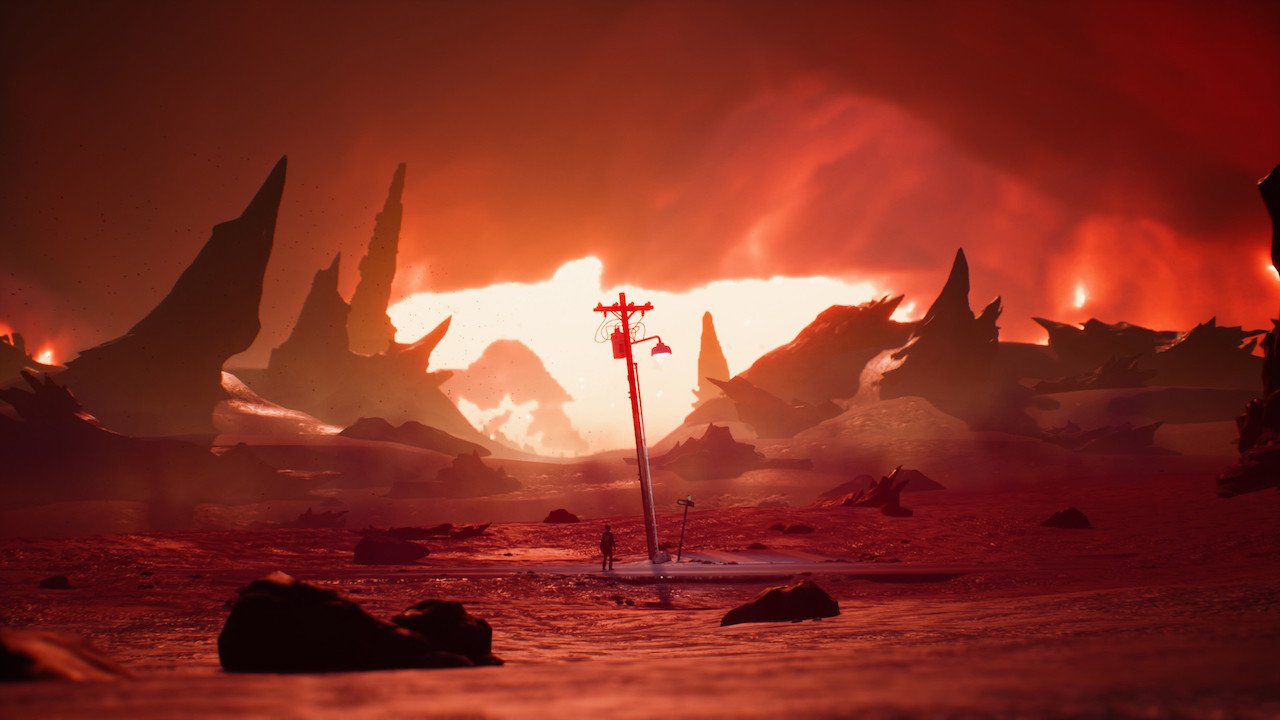
The Verdict
All in all, The Awesome Adventures of Captain Spirit is a great time. The lack of multiple save slots and that dumb cell phone PIN number puzzle might bog down the experience a little bit, but overall it’s a fun adventure with an emotional narrative and interesting characters and relationships. And it’s a free game that you don’t have to have played the previous Life is Strange games to appreciate, so there’s no excuse to not check it out. I, for one, am sufficiently hyped for Chris’s return in Life is Strange 2.



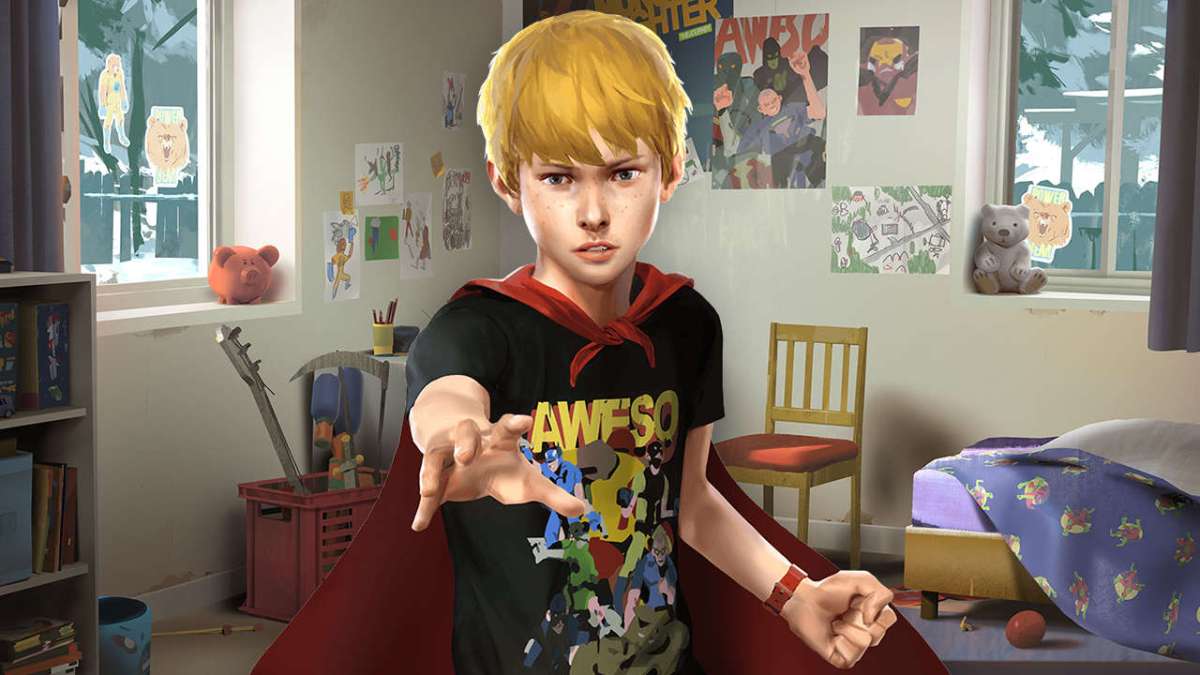

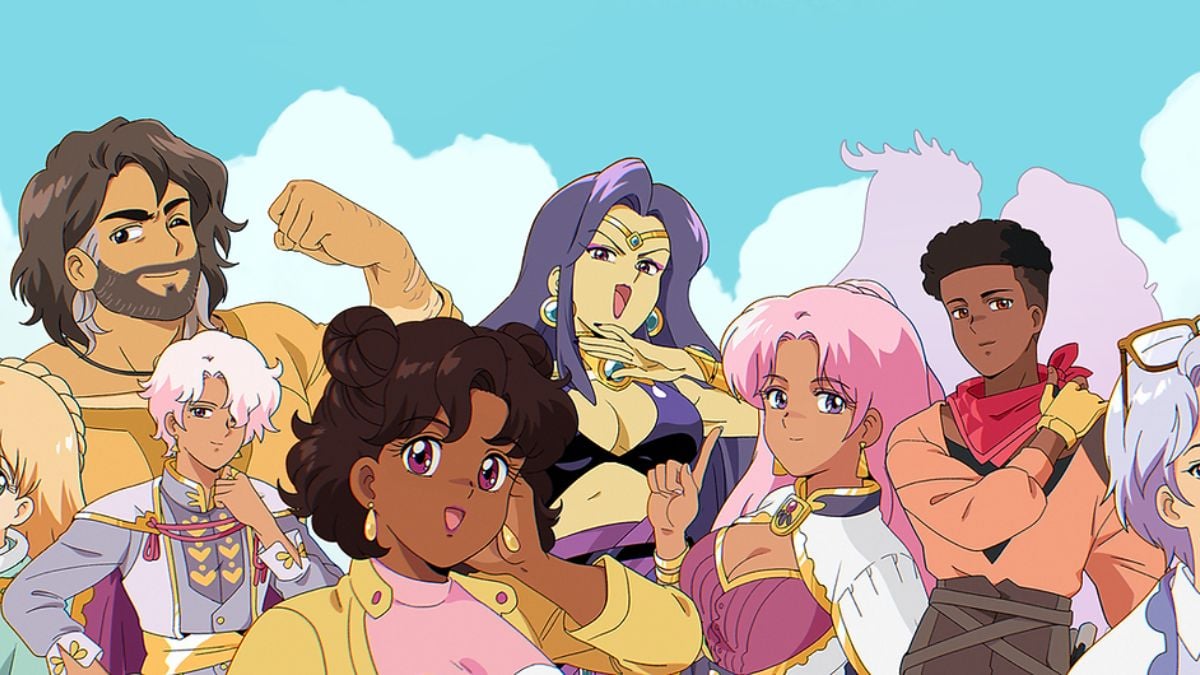
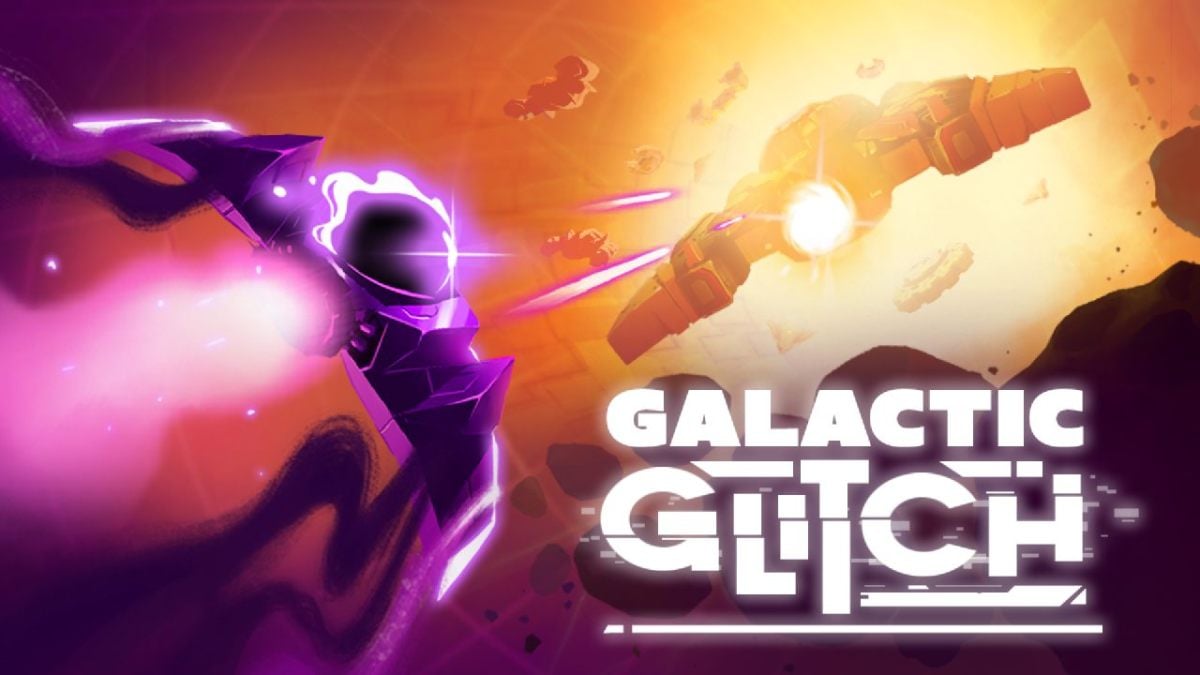
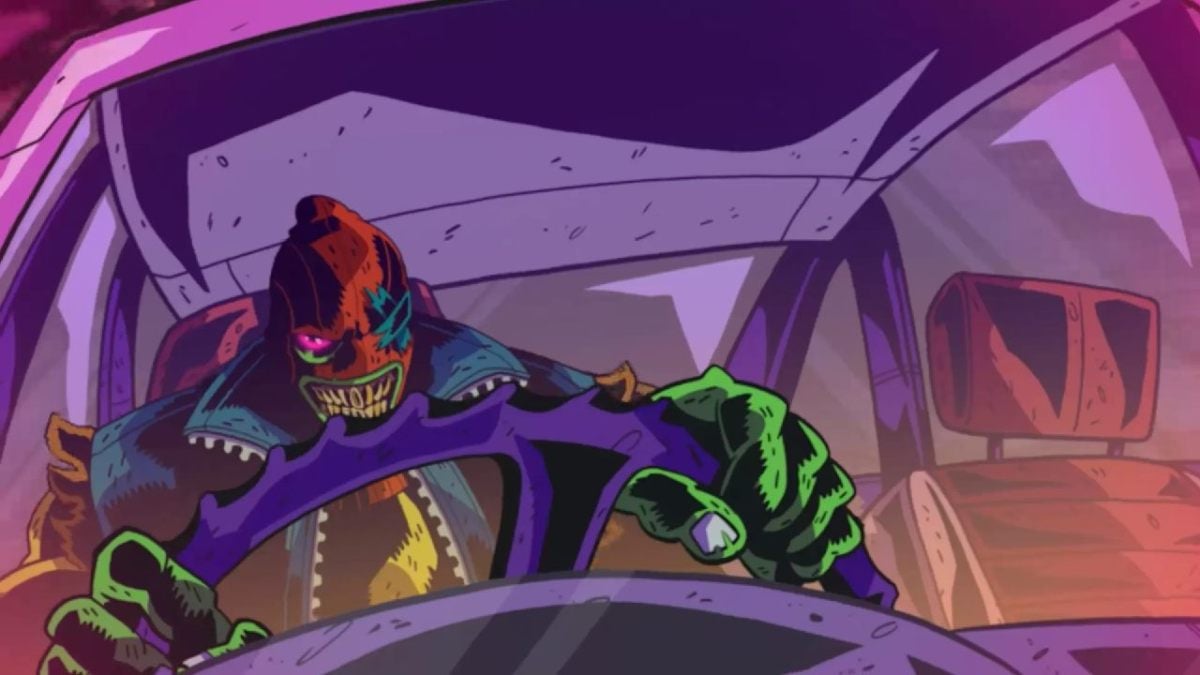
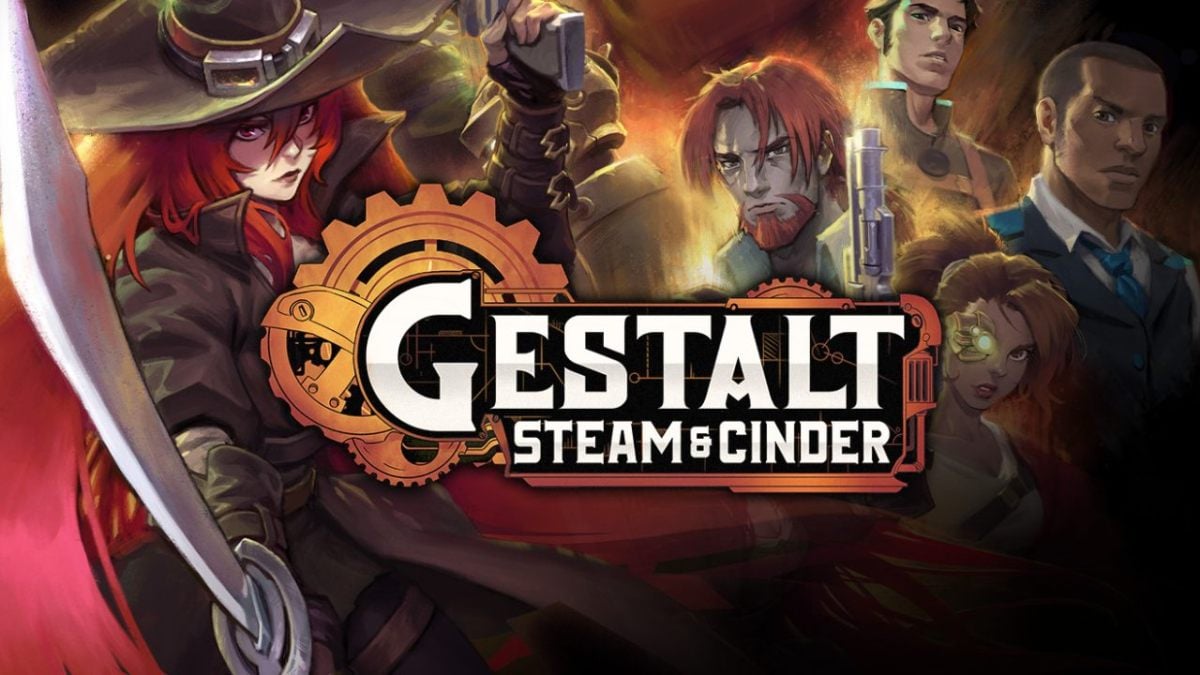
Published: Jun 25, 2018 09:22 pm